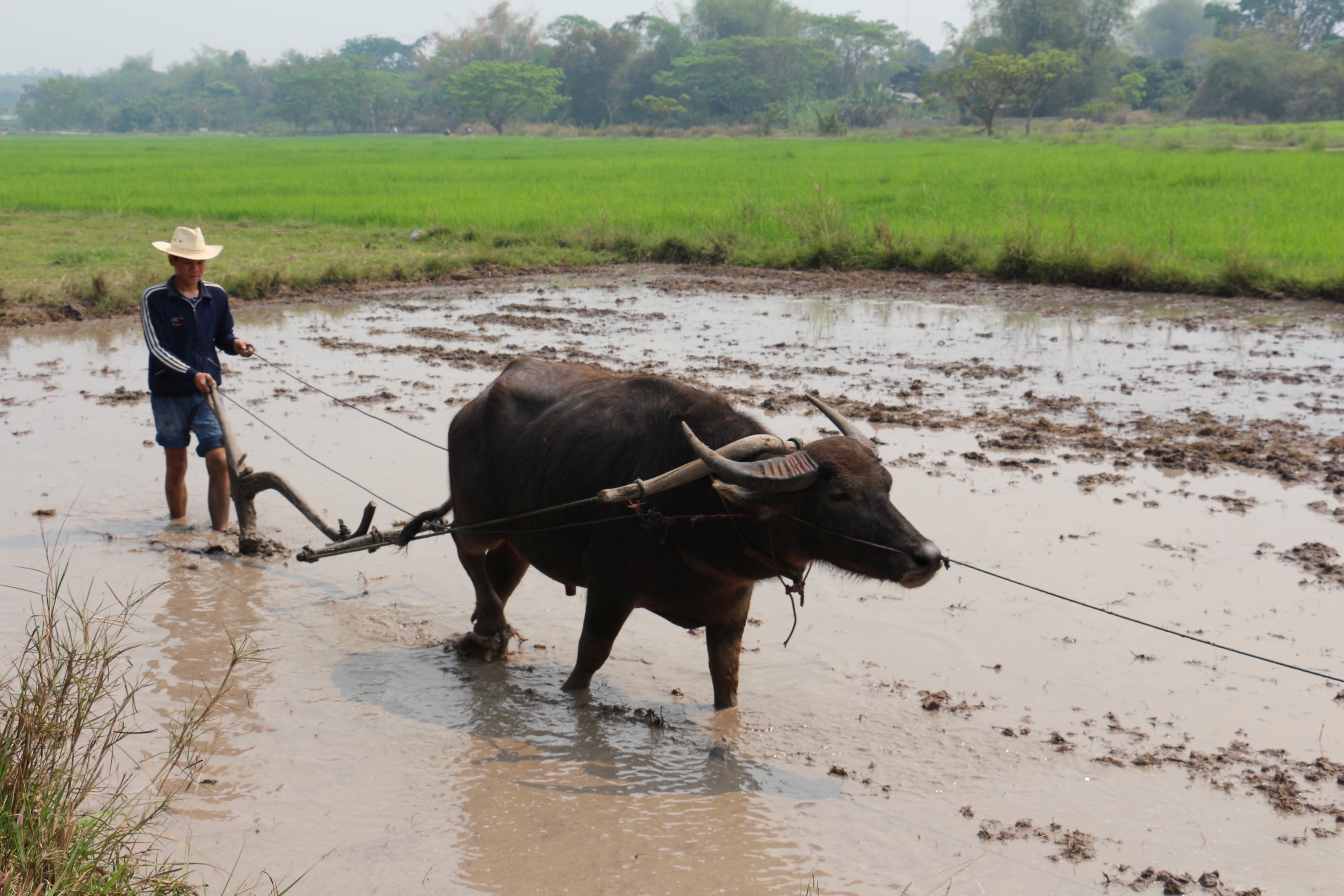The recognition of foot and mouth disease (FMD) as a regional animal health and development issue by the World Organisation for Animal Health (OIE, formerly known as WOAH) led to the establishment of the South-East Asia Foot and Mouth Disease (SEAFMD) Campaign in the early 1990s. The SEAFMD was officially formed in 1997 by the founding member countries of Cambodia, Lao PDR, Malaysia, Myanmar, the Philippines, Thailand, and Vietnam. Despite being free of FMD, Indonesia recognized the importance of working with the campaign to maintain its disease-free status and joined as a member in 1999. In 2010, two other FMD-free countries, Brunei Darussalam and Singapore, and the People’s Republic of China (PRC) joined the campaign, leading to its renaming as the South-East Asia and China FMD campaign (SEACFMD). In 2016, Mongolia also became a new member of the campaign.
The SEACFMD campaign is a major, challenging, and highly ambitious undertaking that covers 12 countries, with approximately 30 percent of the world’s population residing in the region. The area also sees significant production of FMD-susceptible animals, including pigs, cattle, buffaloes, and small ruminants. The SEACFMD campaign aims to increase productivity and economic output in the livestock sector by controlling and eradicating FMD in South-East Asia, China, and Mongolia. FMD-free livestock will contribute to food security and the achievement of the United Nations Millennium Development Goals by ensuring that trade and production opportunities for rural smallholder farmers are not disrupted, thus providing them with a greater chance of overcoming poverty.
